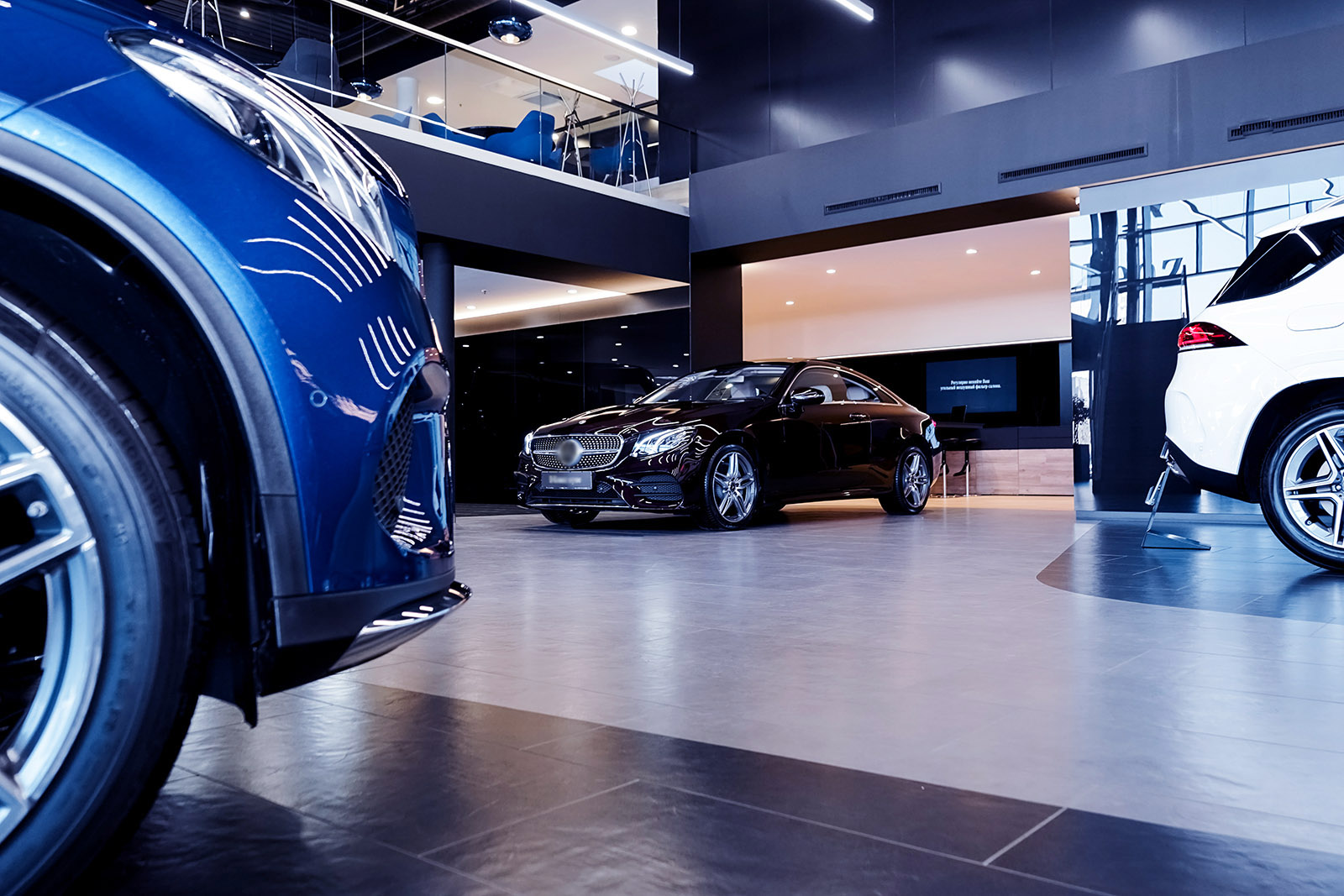
There are high expectations that the automotive landscape will become an increasingly difficult environment to navigate. JATO’s data for April shows a drop of 43% in global sales, and this is just the initial impact.
Photo: Unsplash
The global automotive industry has seen unprecedented turmoil in 2020 from COVID-19 and the economic recession that was triggered by the lockdown in its markets.
BRINK spoke to Felipe Munoz, automotive analyst for JATO Dynamics, a global automotive business intelligence company based in the United Kingdom. BRINK began by asking what the outlook is for the global automotive industry over the next six months.
MUNOZ: We expect the automotive landscape to become an increasingly difficult environment to navigate. JATO’s data for April shows a drop of 43% in global sales, and this is just the initial impact. We’re seeing numerous problems in South America and India, and while the incentives in place in Europe and the United States may help, so far sales have remained stagnant.
With only China driving growth, all OEMs (original equipment manufacturers) from Japan, America and Europe will struggle to keep their operations running. Chinese manufacturers are likely to see some benefits, especially in the race to complete their electrification plans. To stimulate the automotive market, 10 cities have released incentive schemes. For instance, Guangzhou announced a subsidy of 10,000 RMB (renminbi) for new energy vehicles sold between March and the end of December.
A state-level subsidy to new energy vehicles that was planned to phase out by the end of 2020 has been extended until 2022. Additionally, new commitments were made to investments in infrastructure: The State Grid plans to build 78,000 charging stations at a cost of 2.7 billion RMB in 2020.
BRINK: Are some parts of the world’s automotive sector going to recover quicker than others?
MUNOZ: Some Asian markets (China, Japan, Korea) are likely to recover more quickly than the rest of the world. So far, they have managed to control the pandemic, and their sales are already showing signs of recovery. China, for instance, is pushing affordable electric vehicles, which are expected to become the primary drivers of growth in the coming years. In contrast, growth has slowed in the mature U.S. and European markets after many years of steady growth.
BRINK: Are automotive companies using this as a chance to restructure their businesses?
MUNOZ: It is an ideal time to restructure certain elements of automotive businesses. COVID-19 has shown us that things must and can be driven in a different direction. Businesses must become more flexible, nimble, and prepare for new customer and mobility issues. The global pandemic is forcing these industry heavyweights to take steps toward change.
Flexibility in Production Will Be Key
MUNOZ: A recent example is what PSA (formerly Peugeot/Citroen) is doing with the Citroen Ami, a tiny city car that targets consumers who want private transportation, but at very low cost and maintenance. Another example is how the authorities and OEMs are working together to simplify the registration process and to take it online, in many cases.
OEMs are going to focus on projects that are less complex; they will work even more on common and flexible platforms in order to have more prepared factories with smaller lineups and more collaboration among the OEMs.
The global pandemic is accelerating the development of both electric vehicles and autonomous vehicles, despite the fact that it is difficult to keep investments without sales.
BRINK: Do you think that consumers’ buying habits are likely to be changed by this crisis?
MUNOZ: Absolutely. This crisis will reshape societies across the globe, from interactions on car dealership floors to the way we travel. Mobility is the key element, and COVID-19 has forced key players to seek solutions to enable communication without travel. It is likely that many companies won’t fully return to their offices once the pandemic comes to an end. Therefore, many people around the world won’t need to commute. This will have a huge impact on the automotive industry, and only those anticipating this trend will survive the new normal.
We believe that we saw the peak in internal combustion engine vehicle sales last year. That means a lot, because these vehicles have traditionally made up more than 90% of global vehicle sales. We won’t see the big sales volumes of the last few years, not only because of the crisis, but also because consumers have a different idea of transportation and whether to commute. The adoption of electrified vehicles will take time, while the drop of gasoline/diesel cars will continue.
BRINK: Do you think it will speed up the services approach to transportation rather than ownership?
MUNOZ: Yes. However, for a period of time, COVID may actually boost car ownership, as people will feel safer in their own private car. Nonetheless, remote working and many services will be perfectly managed from home.
BRINK: Will it help speed the development of autonomous vehicles and the shift to electric?
MUNOZ: Yes. OEMs know that this is the next step in the automotive race. Electric vehicles are the safe haven. The demand and the offerings by car companies are going to focus on these cars; they are the perfect response to the environmental threat and the new normal. We believe many governments around the world will work on the development and adoption of these vehicles.
Autonomous vehicles will follow this and are expected to change many aspects of the industry. The global pandemic is accelerating the development of both electric vehicles and autonomous vehicles, despite the fact that it is difficult to keep investments without sales.
BRINK: Are we likely to see consolidation in the industry?
MUNOZ: Absolutely. Consolidation was taking place long before the pandemic took hold, and now it has become a solution for many weaker OEMs. In 2019, several OEMs posted losses due to the deceleration of Chinese market and stalled sales in Europe and the U.S. In addition to this, OEMs need to increase their savings ahead of the upcoming emissions regulations in Europe, which are likely to impact their financial results.
EU’s Emissions Regulations
MUNOZ: Europe knows where it needs to get to, but doesn’t know how to get there. This is exemplified in the European Commission’s transport policy for carbon dioxide emissions. The Regulation (EU) 631 of 2019 set mandatory emission reduction targets for new cars, starting on Jan. 1, 2020, to be phased in by 2021.
Targets are calculated by the average mass of OEMs’ vehicles. Consequently, the targets vary as the vehicles are different. For instance, the average weight of Citroen’s fleet is totally different from Mercedes’, as the former sells more small cars (43% of its registrations) than the latter (0%). Geely Group, which is represented by Volvo cars, is the OEM to be allowed the highest emissions at 109 grams per kilometer, as it posts the highest average weight.
This year, the emission targets will apply to each manufacturer’s 95% least-emitting new cars, and from 2021 onward, all the cars registered must comply with the target. Electrification requires a lot of money, so the best or the only solution for many OEMs is to find a partner to collaborate with or be absorbed by a bigger competitor.








